Junkyard Gem: 1997 Cadillac Catera

GM's Cadillac Division was having a tough time in the early 1990s, with an onslaught of Lexuses and Infinitis pouring across the Pacific to steal their younger customers while high-end German manufacturers picked off their older customers. Flying an S-Class-priced model between assembly lines in Turin and Hamtramck hadn't worked out, so why not look to the European outposts of the far-flung GM Empire for the next Cadillac? That's how the Catera was born, and I have found a rare first-year example in a North Carolina car graveyard.
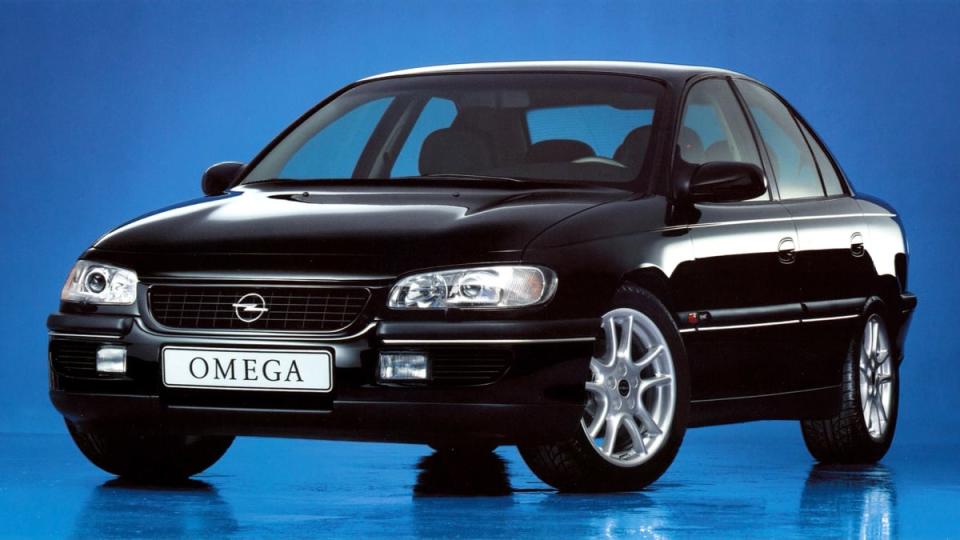
Across the Atlantic, GM's Opel and Vauxhall were doing good business with prosperous European car buyers by selling them the sleek rear-wheel-drive Omega B (whose platform also lived beneath the Holden VT Commodore in Australia). Here was a genuine German design that competed with success against BMW and Audi on their home turf!
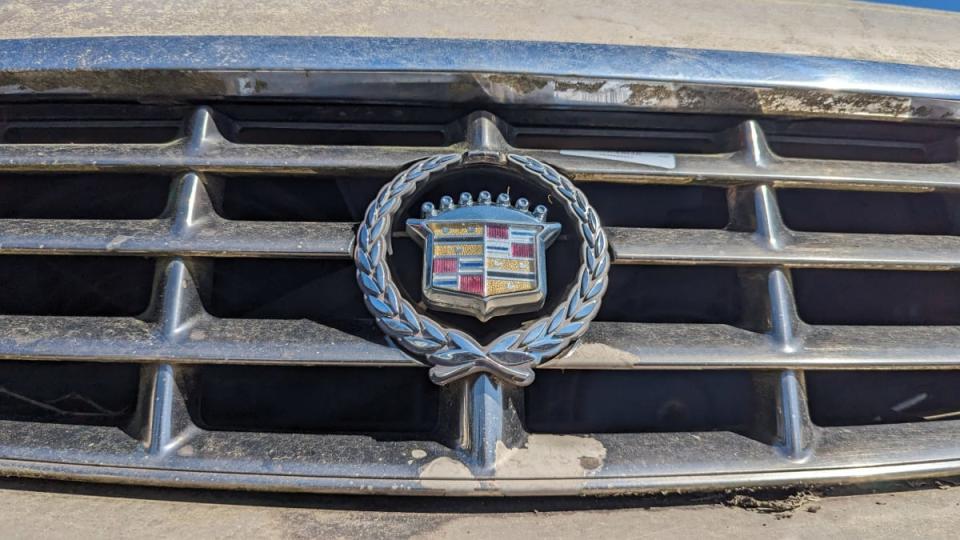
So, the Omega B was Americanized and renamed the Catera. Opel wasn't a completely unknown brand to Americans at the time, since its cars were sold here with their own badging through Buick dealerships from the middle 1950s through the late 1970s (for a much shorter period, American Pontiac dealers attempted to sell Vauxhalls). Even after that, plenty of Opel DNA showed up in the products of U.S.-market GM divisions.
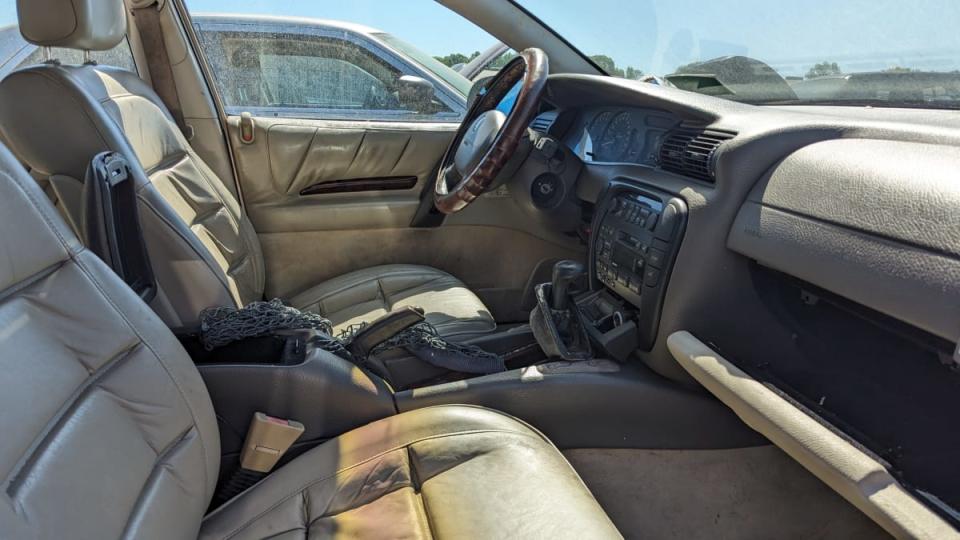
The Catera was by far the most affordable Cadillac for 1997, with an MSRP starting at $29,995 (about $59,113 in 2024 dollars). Being a genuine German car, it looked much more convincingly European than the DeVille ($36,995), Eldorado ($37,995) and Seville ($39,995).
Inspired by the ducks on the Cadillac emblem (they were really supposed to be martlets, mythical birds with no feet and occasionally lacking beaks), Cadillac's marketers went after youthful car shoppers with a whimsical animated duck named Ziggy. For the 21st century, the birds were removed from the Cadillac emblem in order to attract California buyers under 45 years of age.
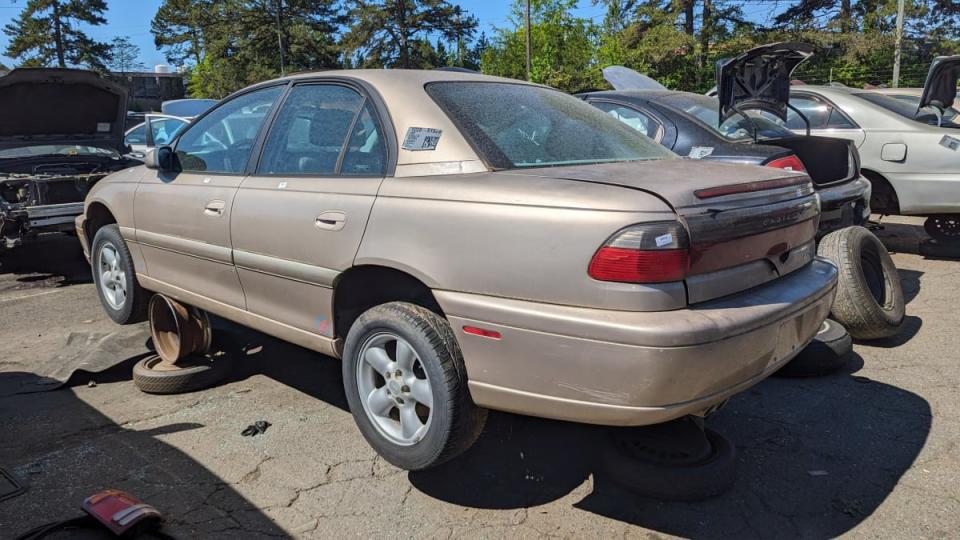
As we all know, the Catera flopped hard in the marketplace. What sold well in Europe turned out not to translate so well in in North America, especially when bearing the badges of such a historically prestigious brand.
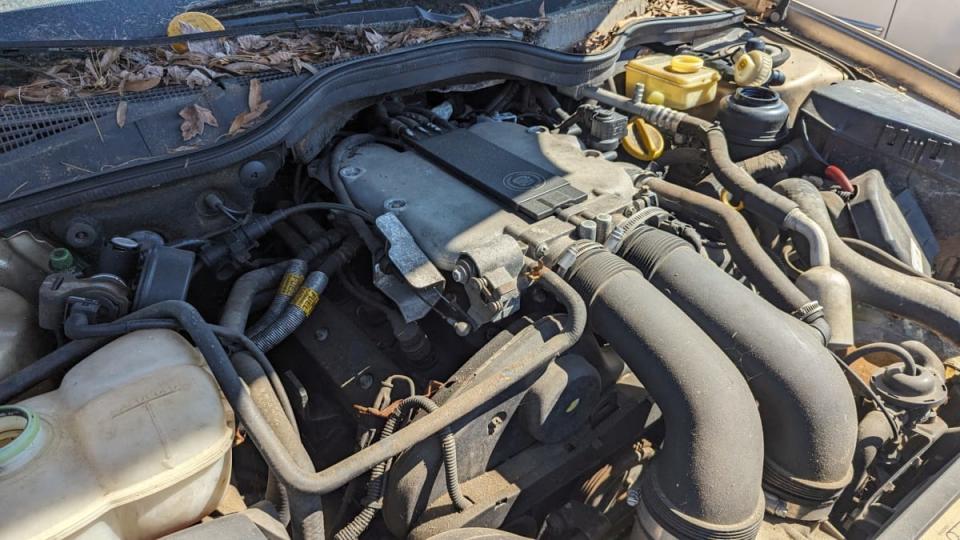
The Catera's engine was a 54-degree 3.0-liter V6 rated at 200 horsepower and 192 pound-feet.
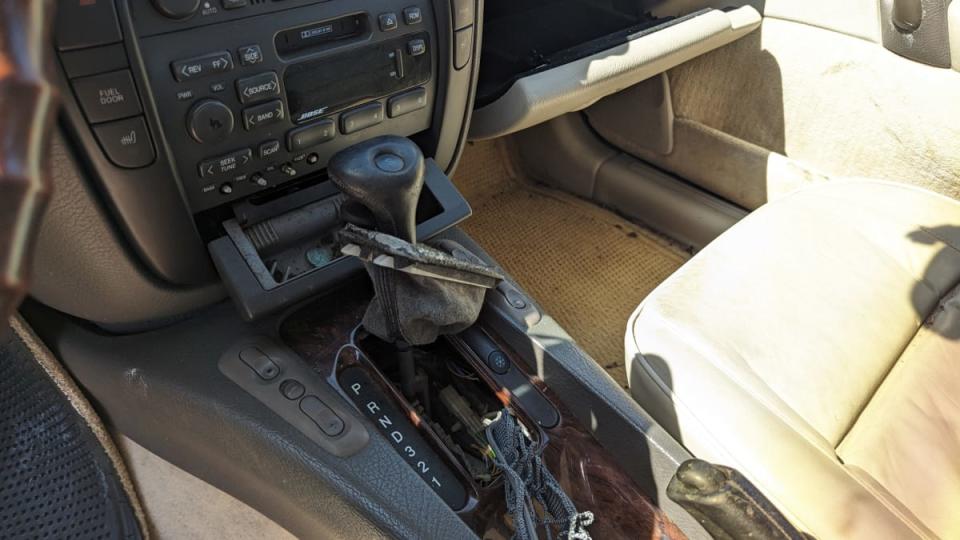
Just as had been the case with its predecessor, the Allanté, no manual transmission was available.
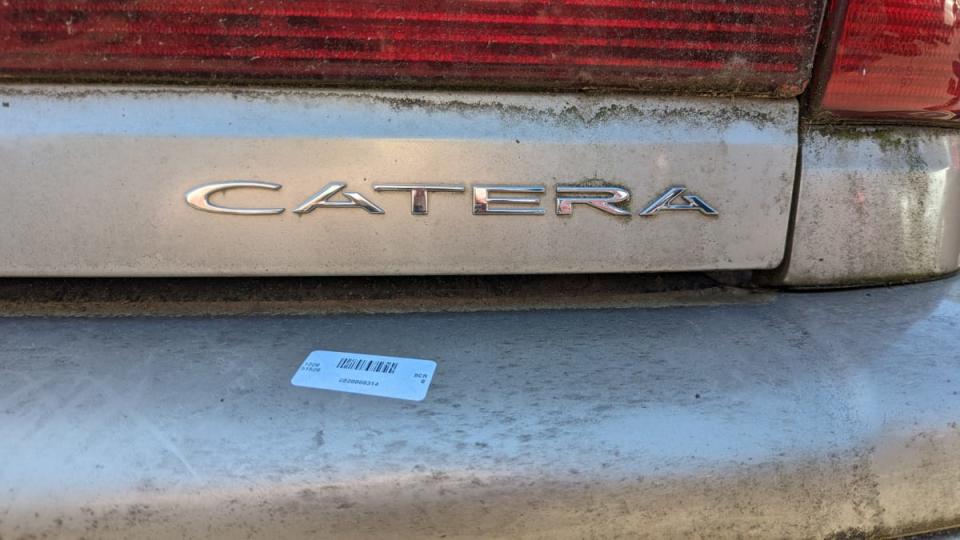

 Yahoo Autos
Yahoo Autos 